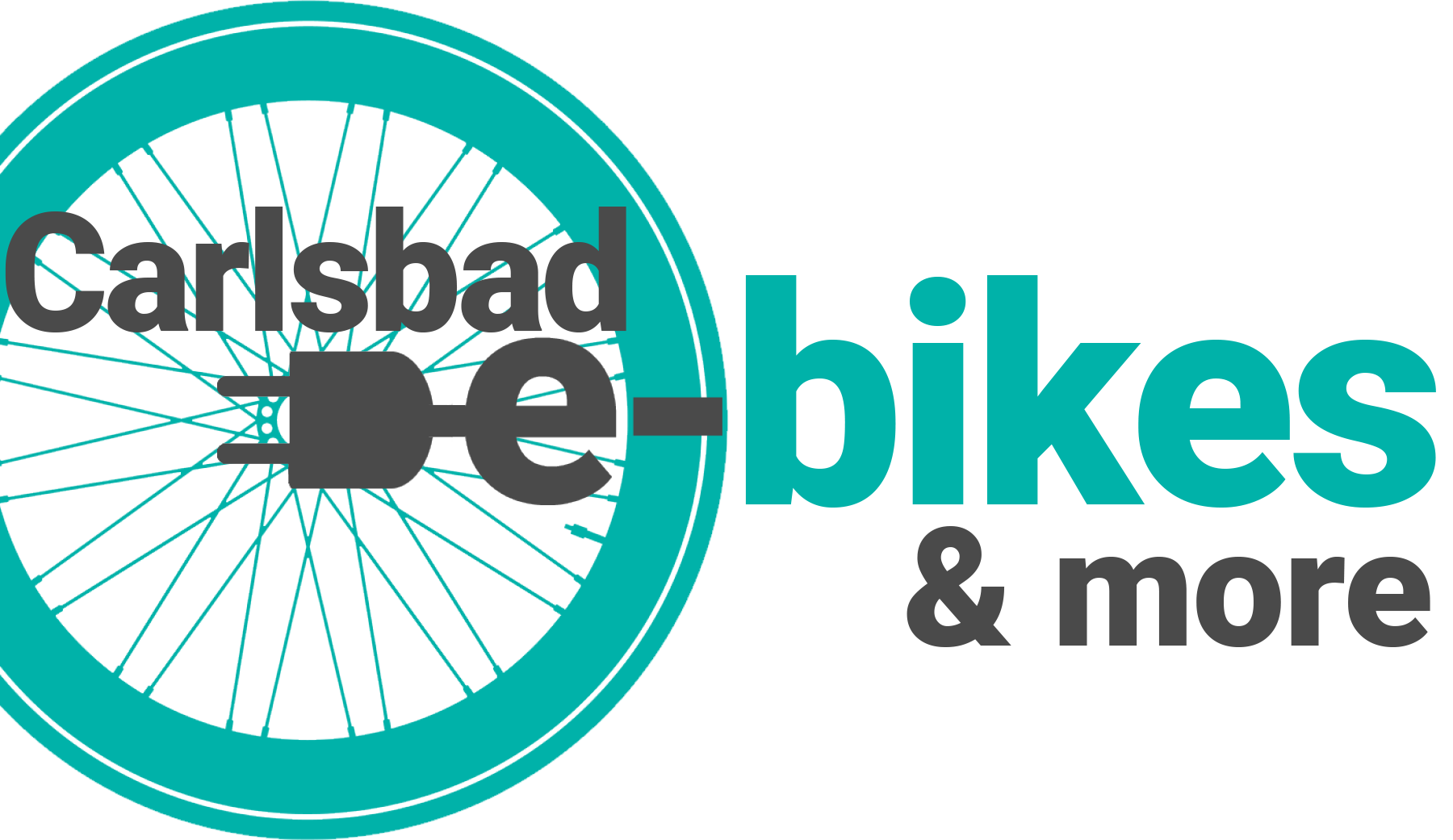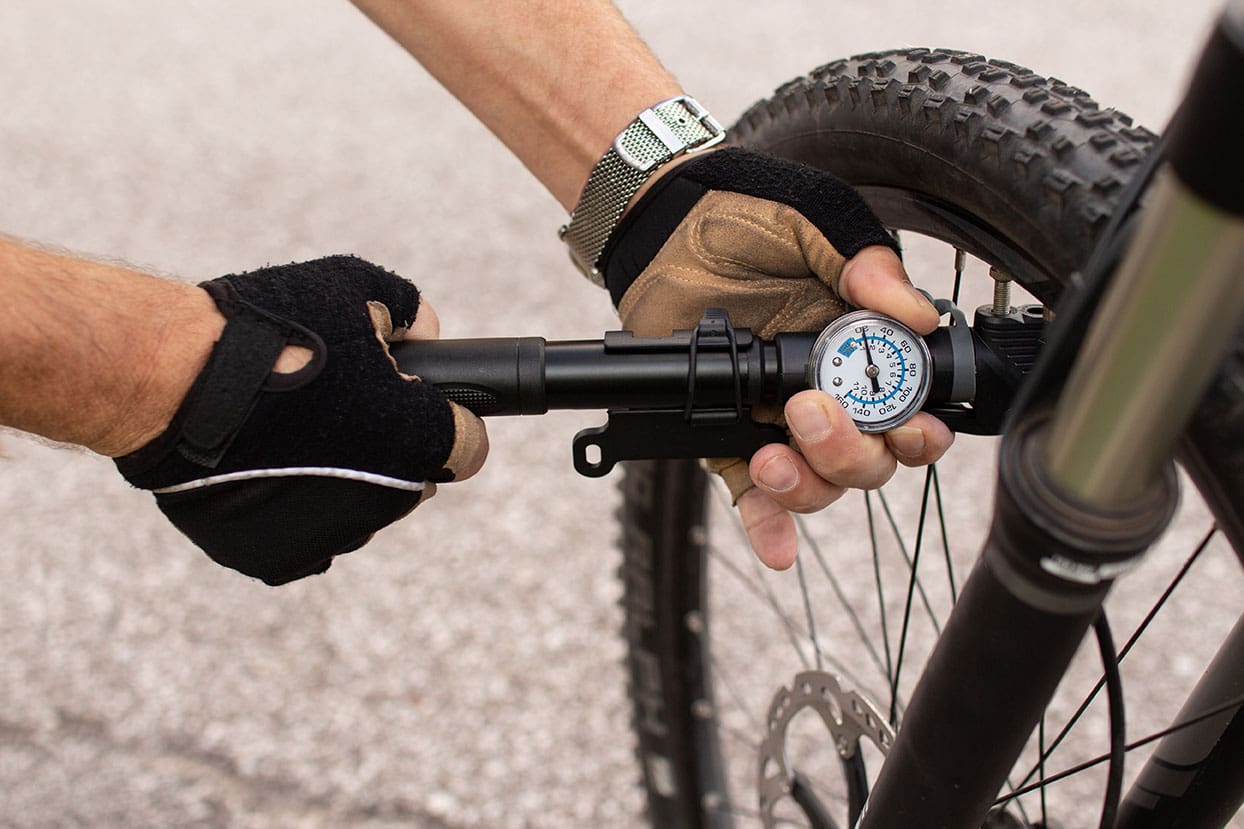A Complete Guide to Tire Pressure
Keep Your Ride Smooth, Safe, and Efficient
Your e-bike’s tires play a huge role in how it feels to ride, from speed and traction to comfort and safety.
Maintaining the right tire pressure is one of the easiest and most important parts of maintaining your bike.
Let’s go over everything you need to know about tire pressure, how to check it, and how to keep your bike rolling perfectly all year long.
This is not just for e-bikes, but for every type of bike and scooter — anything with tires!
What’s the Right Tire Pressure? 🔍
The correct pressure depends on your tire size, your weight, and the type of riding you do.
- Most e-bike tires: 35–70 PSI (pounds per square inch)
-
Mountain or fat tires: 20–35 PSI (for better traction on dirt or sand)
- City or commuter tires: 50–70 PSI (for smoother pavement rides)
You can check the sidewall of your tire to find the recommended pressure. Tire manufacturer lists the recommended PSI range on the sidewall. Stay within the listed pressure range.
You can adjust the pressure slightly based on your comfort and the surface you are planning to ride on.
⚖️ Too Much vs. Too Little Pressure
Keeping your tires properly inflated helps your motor perform more efficiently, can help extend your battery duration, and extends your tire life.
| Condition | What Happens | Ride Quality |
|---|---|---|
| Too Much Pressure | Less tire contact with the road, increased risk of punctures from sharp objects | Harsh ride, reduced traction |
| Too Little Pressure | Tire flexes too much, causing drag and sidewall wear | Feels sluggish, harder on battery life, risk of rim damage |
Why Check Tire Pressure?
Checking your e-bike tire pressure ensures:
-
Safety – Prevent blowouts or flats on your ride.
-
Performance – Keep your motor and battery running efficiently.
-
Comfort – Smooth out bumps and vibrations.
-
Longevity – Avoid premature tire wear or rim damage.
Even small changes in tire pressure affect your bike handling, so make it part of your weekly checkup.
🧰 How to Fill Your Tires with Air
- Check your valve type: Most bikes use either Schrader (car-style) or Presta (narrow, high-performance) valves. Match your valve type with the pump that you are using. If you’re using Presta tires, you can get a Schrader adapter so your tires will match any pump.
- Use a quality bike pump: A floor pump with a pressure gauge works best.
- Attach the pump securely: Match the pump head to your valve type and ensure it’s tight before pumping.
- Inflate to the correct PSI: Stay within the range printed on your tire.
- Replace the valve cap: The cap helps keep dust and moisture out.
Pro Tip: If you’re using tubeless tires, check for leaks around the rim or sealant buildup before refilling.
How Often Should You Check?
A quick pressure check only takes a minute, and it can save you from a flat tire miles from home. If you’re wondering when to check your tire pressure, here’s what we do.
- Before every ride. Check before you go if you ride daily or commute regularly.
- Once a week. Periodic checks are good for casual or weekend riders.
-
After temperature changes. Air expands and contracts with the weather, so colder days can lower your PSI.
✅ Quick Recap
-
Check your tire’s sidewall for the correct PSI range.
-
Adjust based on terrain and comfort.
-
Too little = drag and rim wear; too much = harsh ride and flats.
-
Check weekly and refill as needed with a gauge-equipped pump.
Keeping your tires at the right pressure means smoother rides, fewer flats, and better e-bike performance — every time you roll out.
And if you need help with your tires, or if they’re not holding air, come in and see us. Our team of well-trained bike mechanics can help diagnose your tire problems and change flats. We’ll get you back out on the road quickly!



